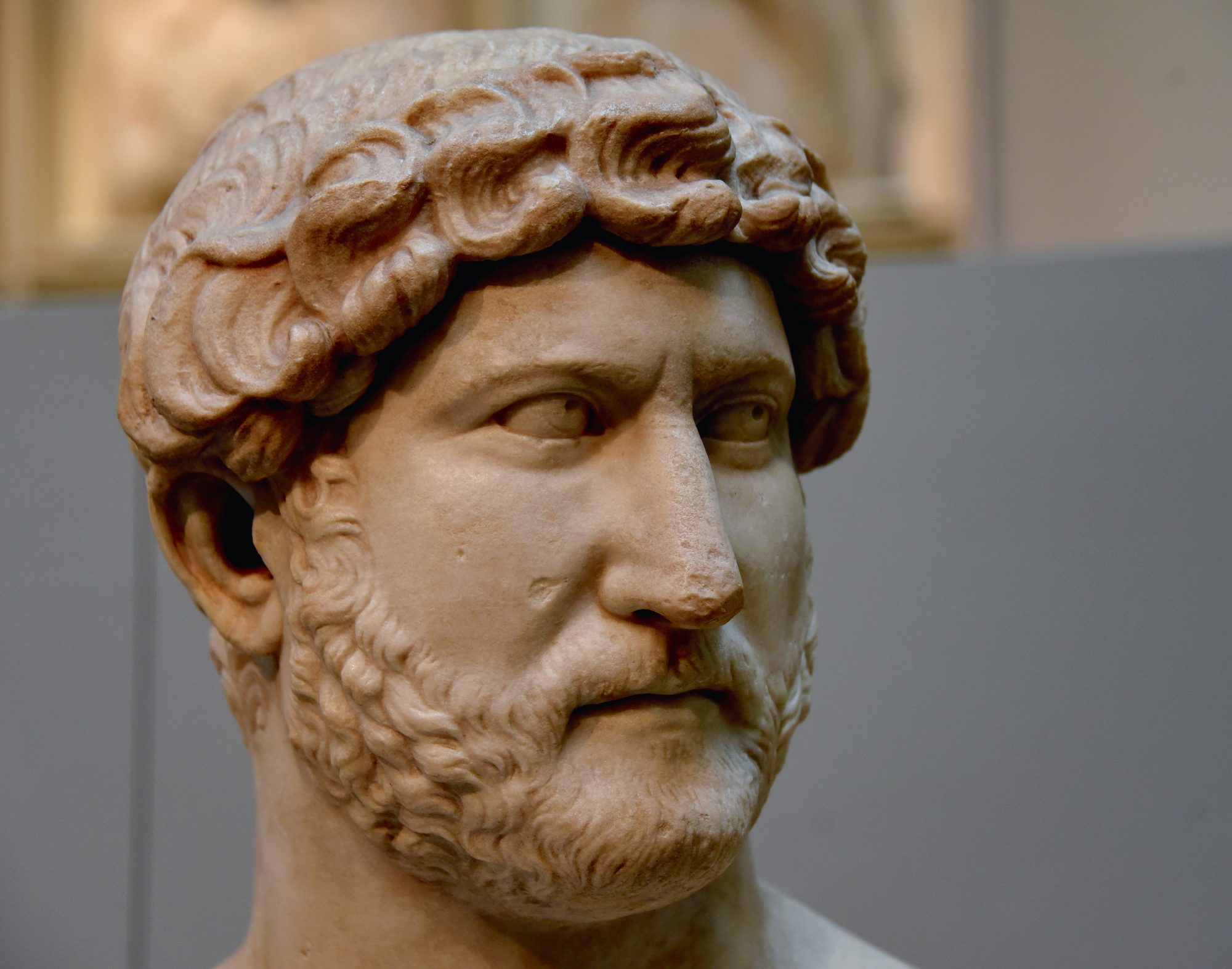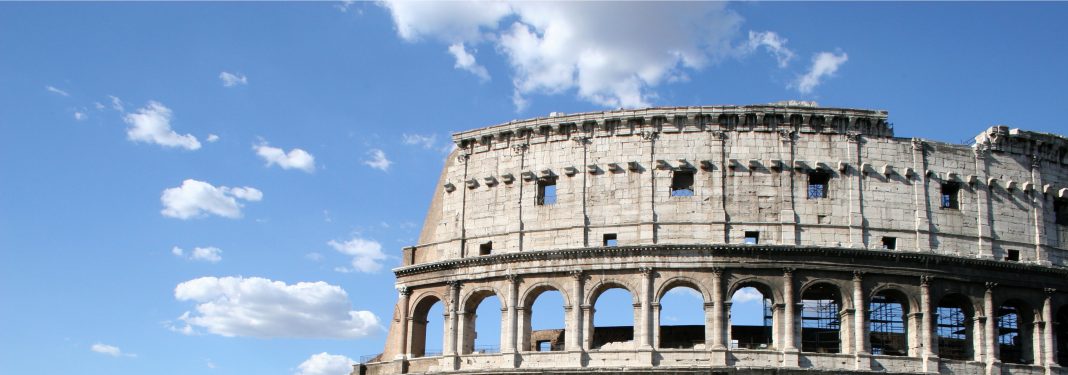Dr Felix K Maier, Professor for Ancient History at University of Zurich, analyzes intercultural dynamics in the Roman Empire
When analyzing the stability of large empires like the Assyrian Empire, the Zhou dynasty or the multicultural Roman Empire, we often resort to studies about their military or technical superiority on the subjected peoples. Such arguments certainly hit a point, but they are on only one side of the coin and they particularly leave out other – more hidden – dynamics, like the perspective of the conquered peoples living in those realms. However, this is a difficult challenge because there are often hardly any sources of the ‘losers’ and the winning side usually leaves out the voices of the subjugated peoples.
In my project, I focus on those hidden voices in the Roman Empire, building on existing studies of how the different peoples in the Imperium Romanum saw themselves: as Romans, as Gauls, as Syrians, as Graeco-Romans? Or something in-between? Which identity did non-Romans have and how did this correlate with a supralocal identity of the Roman Empire?
Multicultural Roman Empire hegemony and identity
The relevance of this project is linked to an intriguing problem which keeps puzzling scholars: Despite a comparatively small military presence in the subjugated territories, the Roman Empire was extremely stable. Administrative and legal penetration of the dominated territory, combined with technical superiority, made it possible to maintain the ruling structure.
However, Roman hegemony was undermined from a completely unexpected direction: While some of the defeated non-Romans behaved very indifferently toward their rulers and others openly – and mostly unsuccessfully – rebelled against Roman domination, many groups and individuals tried to re-locate their historical and cultural identity in the current ruling constellation, willing to integrate themselves into the empire.
This had serious implications for the Romans: The established boundaries between the dominant and the defeated peoples blurred. Homi K Bhaba, in his influential study ‘The Location of Culture’ (1994), has shown from a postcolonial view how the acculturation between the colonizer and the colonized can significantly shift power relations. When the colonized adopted the colonizers’ way of life and tried to imitate it (mimicry), the colonizers’ self-image is repeatedly undermined, the identity of the rulers as well as the colonial discourse that legitimized their power get destabilized.
The acculturation to Roman culture by the inhabitants of the provinces
Something similar happened in the Roman Empire: The acculturation to Roman culture by the inhabitants of the provinces often desired and promoted by the hegemonic power, was paradoxically ambivalent because it undermined the important dichotomy between ‘victors’ and ‘vanquished’ with which the hegemonic position was legitimized. In this way, a permanent tension arose in which the supremacy of the victors had to be negotiated and renegotiated repeatedly.
Around the middle of the 1st century AD, various sources address the effects of foreign influences in Rome far more vehemently than before. The establishing discourse culminates, for example, in the Roman poet Juvenal’s famous sentences that Rome had been overfermented by the “Greek yeast” and that “the Syrian Orontes had poured into the Tiber”. (1) In Juvenal’s texts, but also in those of others (Martial, Tacitus, Dion Chrysostomus), we see that Romans and also, partly, non-Romans were irritated by the fact that the society grew – as we would put it today – diverse, that established ideas of what was supposed to be ‘Roman’ or ‘Greek’ or ‘Non-Roman’ were constantly blurring and changing.
Various reasons could be cited: For example, demographic studies show that there were increased levels of immigration of non-Romans to Rome from around the middle of the 1st century AD, as well as a higher degree of mobility throughout the Roman Empire. Such factors led to the dense mixing of cultures which provoked irritation among some parts of society.

A case study of Hadrian and Roman subjects
Against the background of these findings, a second part of the project will analyze how Hadrian, who was the Roman Emperor from 117-138 AD, seems to have reacted to an increasingly tense relationship between Romans and their conquered subjects. Various scholars attest that Hadrian was strikingly different and individual in both his governing and self-representation style. He was famous for his external habitus like his long beard, his unconventional Greek clothing, but there were additional aspects for which an easy explanation could not be found:
For example, Roman emperors usually made coins that made it very clear to the viewer that the Romans were the victors and that the defeated peoples had been conquered. Hadrian, however, broke on his coinage with the traditional motives displaying a distinct hierarchy. Coinage under Hadrian shows remarkable prototypes on which provincial allegories are shaking hands with the emperor or are raised from their knees by Hadrian; or they are depicted as armed defenders of the empire.
Furthermore, Hadrian’s approach to architecture also differed from previous Roman Emperors. While victory in the Dacian wars under his immediate predecessor Trajan was commemorated in Rome with a monumental column primarily showing the Romans inflicting violence and pain on the conquered peoples, Hadrian produced a completely different iconography. He continued to promote the idea that the conquered populations are other ‘peoples’ and ‘barbarians’, but he modifies the message. The meaning now is: ‘We are all living in the empire and we are different people, but our relationship is not mainly characterised by war’.
Moreover, Hadrian travelled widely during his reign to the outer reaches of the realm, visiting almost every province, even in peace. In doing this, he made clear to the inhabitants of the provinces that all parts of the empire formed a unity, as a contemporary Greek author noted.
Why did Hadrian do all these things and why was he so different to what other emperors did?
In my view, Hadrian seems to have realized that there is a constant mixing of cultures in the empire, and new identities are shaped continuously. So, he could not hold to the old, traditional Roman ideas of what is Roman and what is not. Instead, he wanted to show that the empire is more than the disconnected identities of the conquerors and the defeated peoples. This is why he changed the traditional iconography of Romans and non-Romans. And with his travels, he symbolically showed that the empire is everywhere, not just in Rome.
With this project, I want to understand the often paradoxical dynamics of identities in a multicultural empire and to stimulate discussion about the hidden aspects of social interactions that we have not properly understood. Although Hadrian’s times are completely different to modern times, there are some important questions which relate to today’s world in which mechanisms of social and political distinction also lead to open or concealed conflicts.
Reference
1) https://www.poetryintranslation.com/PITBR/Latin/JuvenalSat-ires3.php

This work is licensed under Creative Commons Attribution-NonCommercial-NoDerivatives 4.0 International.


